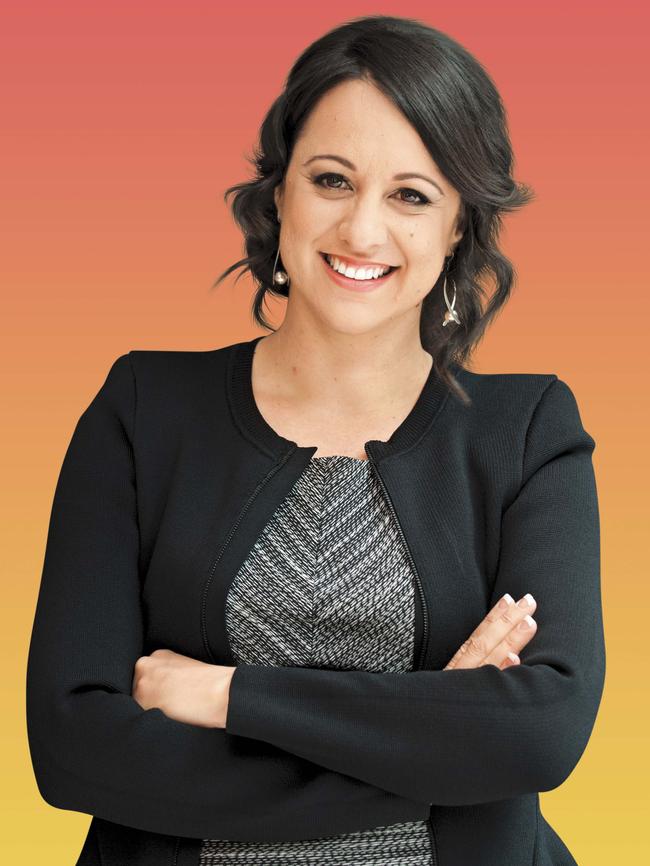The golden age to start retirement planning
There’s an ideal window of opportunity for workers nearing 60 to maximise their retirement strategy, experts say. Here’s what you need to know.

Most of us have an idea of what we want retirement to look like. And for many, it involves keeping at least some ongoing connection with the workforce.
Fewer than one in three Australians plan to stop working completely when they hit retirement age, according to a report published this week by Colonial First State.
The rest are hoping for a more flexible, hybrid approach that means they work fewer hours, or take on a less demanding role. Some may look to pursue a passion project with less pay, while one in 10 would like the flexibility to dip in and out of work.
The way people think about retirement has changed, says CFS Super chief executive Kelly Power.
“The traditional idea of retirement as a point in time or a specific date when we stop working is becoming less prevalent. This change in sentiment illustrates the need for flexible access to super and flexible employment options when people reach retirement age,” Ms Power says.

This shift has implications for policymakers in terms of how older Australians can help plug labour-force gaps and skills shortages. But retirees or semi-retirees should keep in mind the potential financial impact of working for longer.
Under the current retirement rules, working more than 10 hours a week can have an impact on eligibility of certain government benefits.
“Actually speaking to someone and understanding what happens both to your entitlements around age pension, but also your broader tax position relating to super and retirement, is important,” Ms Power says.
Big spenders
Meanwhile, only around one third of Australians now retire on their own terms, with most pushed out of the workforce due to health issues or redundancy. But ‘advised’ workers typically fare better and are twice as likely to retire at a time of their own choosing. Not only this but they also have a better understanding of how much of a nest egg is needed to fund a comfortable retirement, the CFS Rethinking Retirement report shows.
Easing into retirement can have an outsized financial impact in those early ‘big spending’ retiree years, says Olivia Maragna of Aspire Retire Financial Services.
“The first five years into retirement are the most important. If you’re drawing down 100 per cent of what you need in retirement in those first five years, you’ll end up eating into your super balance pretty quickly,” Ms Maragna says.
“Whereas if you can, in those first five years, transition or gradually reduce your reliance on employment and take little drips from your super fund until you fully stop work, it makes a huge difference to the longevity of your funds.”

To max out the benefits of retirement planning, workers should get financial advice from their late-50s, she adds.
“You can do the most in terms of the strategies that you can utilise to get yourself in a better position between the ages of 58/59 and 67. These are the golden opportunity years,” she says.
The move to transition more slowly into retirement has grown in popularity since Covid, according to Ms Maragna.
“Following Covid, a lot of people have delayed their retirement plans. They got to work from home and they had all that flexibility through that time and now we’ve moved to a very tight labour market where employers are more willing to take on workers on a casual or a part-time basis just to have the talent that they need for their business.”
How much is enough?
Part of the lure of staying in the workforce for longer could be due to wanting a bigger retirement pot. The average worker now believes they need $1.6m in super to retire comfortably. Among the unadvised, the magic number is even higher, at $2m, the Rethinking Retirement report shows.
Both figures are substantially higher than what the Association of Superannuation Funds of Australia (ASFA) says is needed to have a comfortable retirement.
According to ASFA, singles need about $595,000 in retirement savings, while couples need $690,000.
And there’s an even greater mismatch when it comes to what workers actually have in their super accounts: the average superannuation balance sits at just $170,000, according to the latest figures from the Australian Taxation Office, dating from the 2021 financial year.
For those closer to retirement age, in the 60 to 64 year old group, the ATO puts the average for men at $402,838 (with a median of $211,996) and for women at $318,203 (with a median of $158,806).







To join the conversation, please log in. Don't have an account? Register
Join the conversation, you are commenting as Logout